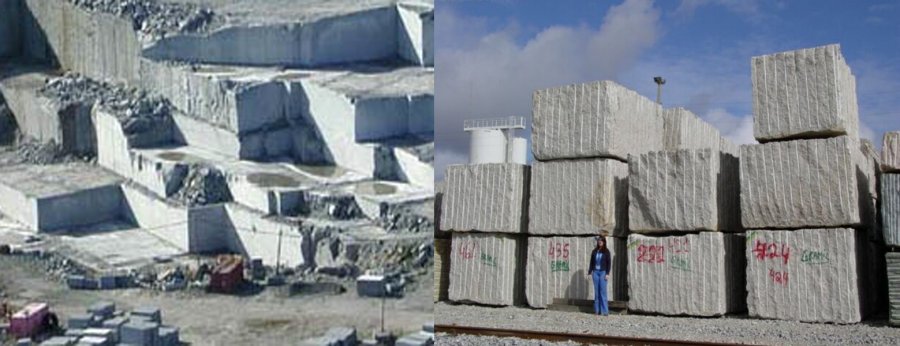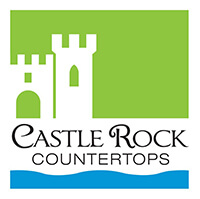All About Granite
Basic Information
Granite countertops are the countertop material of choice. They define elegance in any kitchen, bar or bath. The beauty of natural stone compliments virtually any kitchen or bath. Below, you will find helpful links such as granite colors, edges, installation and what determines the price of granite countertops.
Granite is made up from two of the hardest minerals found on earth “ quartz &“ feldspar.” Because of these two minerals, granite offers outstanding durability for countertops. The resistance to scratching is largely dependent upon the hardness of the minerals that actually make up the stone. In most granite rocks, the primary minerals quartz and feldspar, account for about 90 % of the granite rock itself. Both quartz and feldspar rate between a 6 and 7 on the Moh’s scale. Unlike any man made material, polished granite offers depth, clarity and movement.
Hundreds of granite colors are available in thousands of variations. Many popular granite colors are consistent, but not all. In fact, close to 50% of the granite slabs sold are stones that are considered “exotic granites.” These granite colors tend to offer the most variation and movement within the slab. Countertops made from granite are resistant to heat, scratching, staining and chips. In the unlikely event that your granite gets a scratch, stain or chip, the fabricators at Castle Rock Countertops can repair it.
Mined Like A Diamond
1. ) The first step performed in granite mining is to decide on the layout the granite quarry. This is based on the easiest way to break the granite according to its natural grain. The structure and natural seams of the granite is assessed for proper layout with the least amount of waste.

2.) The granite is then cut to a workable size, once it is removed from the earth. Wire saws are used that are outfitted with an abrasive such as aluminum oxide, sand or diamond. The saws are operated with a water flow to keep the saw cool during the cutting process.
3.) When a wire saw is not available, water jet cutting or another cutting method may be employed to cut through granite blocks. Water jet cutting uses a very high-pressured stream of water to cut through granite.

4.) Once the granite is cut into workable-sized blocks, it then undergoes stone dressing. Stone dressing is the process of smoothing all of the rough edges and sides, a process that must be completed before the granite is ready for polishing. Stone dressing is also done at the quarry site.
5.) The granite blocks are then sawed to produce slabs of granite. The slabs are cut individually, or multiple slabs can be cut at one time, using a frame saw with several blades. The saws can be adjusted to yield the desired thickness of the slabs.
6.) The granite pieces are then calibrated to the correct thickness and size for use as tiles or countertops. The pieces are cut and polished according to the desired forms. Slabs are cut for countertop fittings, and tiles are cut and finished for use as flooring, wall tiles or countertops, as well.
7.) The next phase of sawing is to cut the slabs into the dimensions of the job. This is called the ashlar, the process of finishing the edges and sculpting the granite to fit for the particular project request. Computerized machines outfitted with special blades can perform these complicated cuts, customized to the job’s dimensions.
8.) Once the ashlar phase is completed, the finished granite is inspected for any defects. It is then packaged and delivered to the job site.

Products
Contact
7416 Broadway Ext. Suite A
Oklahoma City, OK 73116
castillo@castlerockcountertops.com
(405) 819-0011
